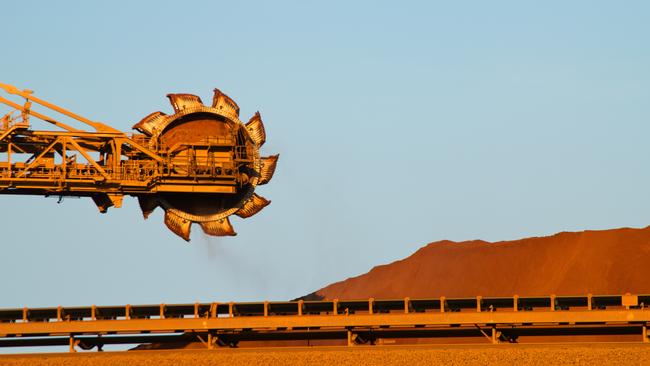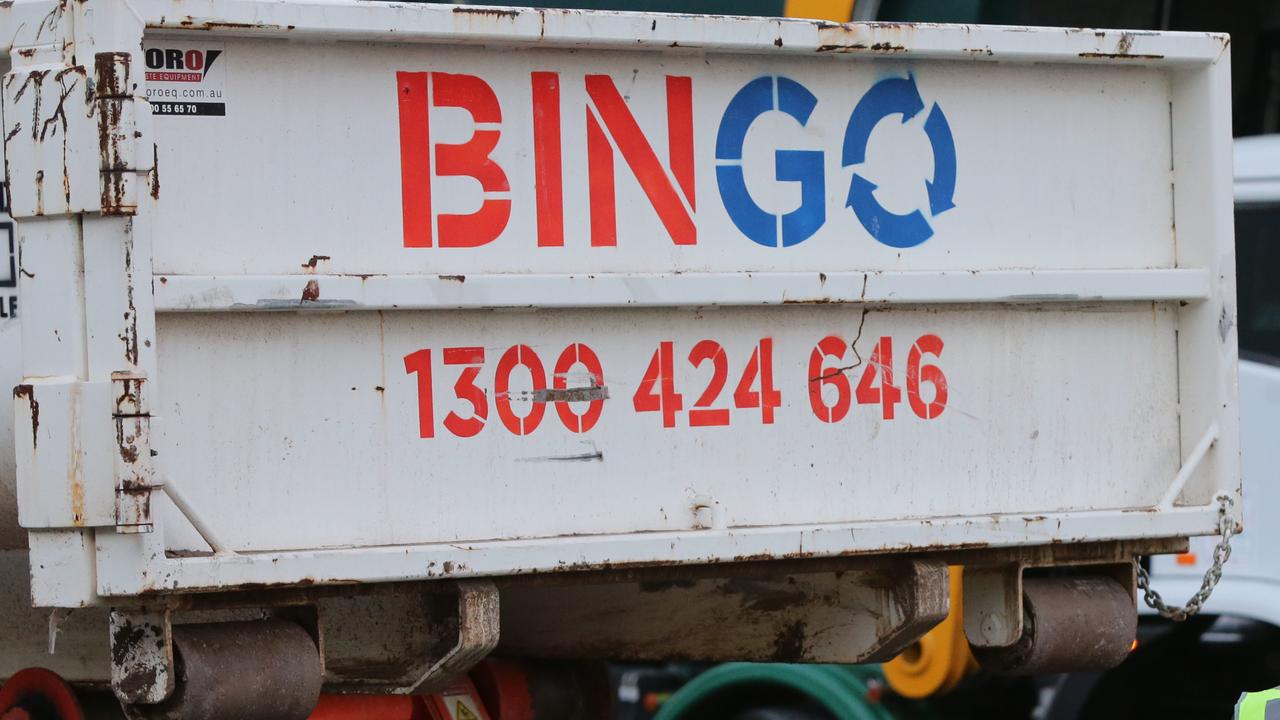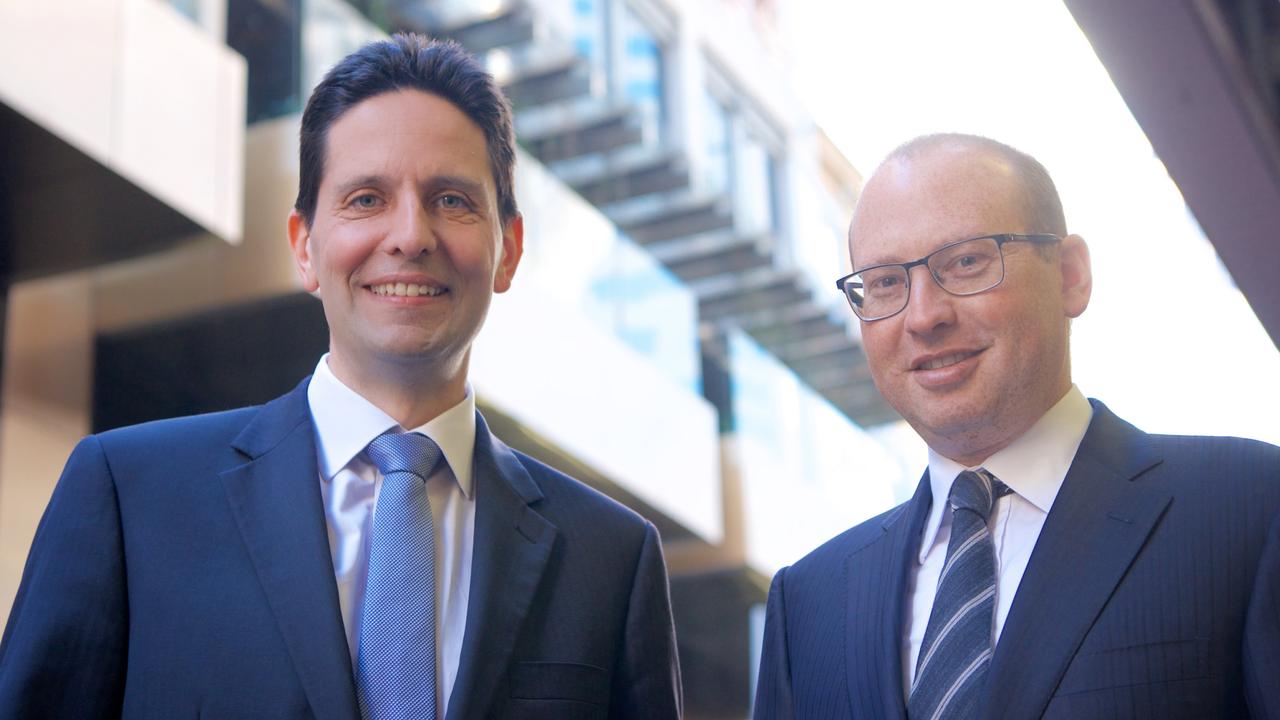
Rio Tinto’s Australian shareholders are understood to be strongly against a move by the mining giant to launch an equity raising in Australia, which may be as large as $6bn.
Rio has indicated this week that launching a placement in Rio Tinto Limited – which is listed in Australia, as opposed to Rio Tinto PLC, which is listed in London – is under consideration.
Sources say the fact that the company has openly told the market that this was under consideration meant it had probably made up its mind to proceed.
But Australian shareholders are not happy, because it would reduce the size of the premium of Rio shares trading in Australia versus those that are listed in London.
The Australian shares are valued higher for various reasons, including franking credits provided to investors.
But after a raise in Australia, there would be more shares on issue, meaning the stock would be diluted and cheaper.
Currently, Rio’s Australian listed shares are worth about $116.30 each, while those in London closed on Wednesday night UK time at £48.66 ($98). The Australian-listed Rio shares are valued at about 15 per cent higher than the shares in London.
Rio, which has net debt of $5.5bn against a $42.7bn market value, is not thought to need the money. However, its $9.9bn purchase of Arcadium Lithium in October last year left its balance sheet slightly depleted.
Raising equity could also put Rio in a position in which it would have plenty of funding for its projects, limiting the risk of stalling projects as a result of running out of cash.
Still, the move has fuelled the theory that Rio could be moving to appease activist investor Palliser Capital, which is urging the miner to abandon its primary London listing.
BHP faced similar pressure from activist investor Elliott Capital in 2018, when Palliser’s chief investment officer, James Smith, worked there.
Palliser claims the dual listing structure has led to about $US50bn in value destruction for shareholders since its inception because it limited its ability to pursue stock-based mergers and acquisitions and led to inefficient utilisation of Australian franking credits, The Australian reported in December.
Hedge funds like Palliser would probably be holding shares in London in a normal way and betting on a fall in the Australian shares by shorting the stock.
By raising money in Australia, the hedge funds could close out their short positions and make a gain on their investment, which may appease the investors, and result in them walking away or being less vocal about a change of structure for Rio as a listed group.
When Rio worked on the acquisition of Arcadium Lithium, which will complete in March, it called on Goldman Sachs and JPMorgan, whose analysts remain restricted from covering the stock. It’s logical that they would be back in the frame to work on the raise, although Rio also has a close relationship with Macquarie Capital, which may lead an Australian deal.
Analysts from Morgan Stanley said the dual-listed companies structure allowed for a maximum of 5 per cent of the total market values across both exchanges, which equated to a raise of up to $8.2bn.
But further to the 5 per cent limit of the dual-listed companies, the ASX’s 15 per cent maximum allowable limit without shareholder approval also applies, which is about $6.5bn, which provides an understanding of the potential size of the offering if it were to go ahead.





To join the conversation, please log in. Don't have an account? Register
Join the conversation, you are commenting as Logout